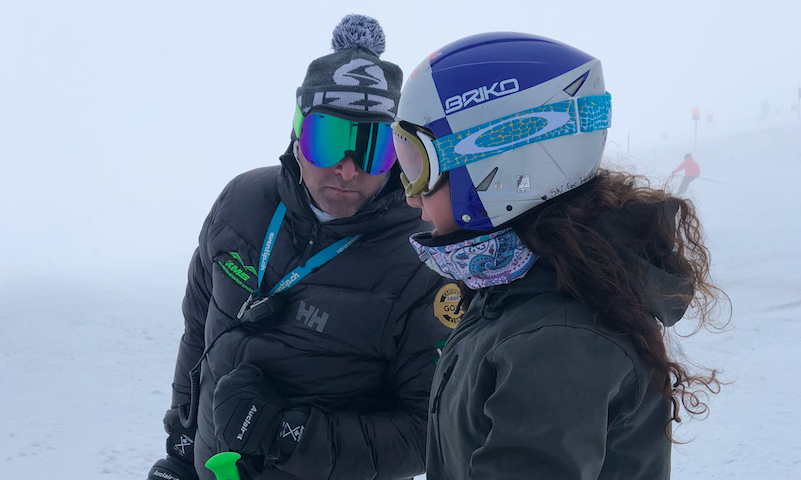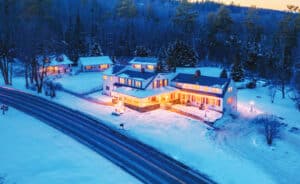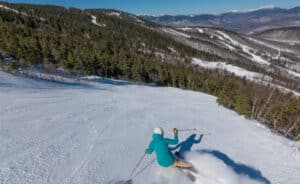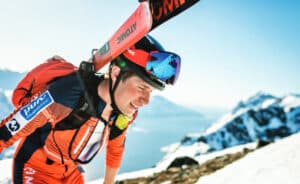
Madeline (Maddie) Semet is a 10th-grade Killington Mountain School alpine student-athlete from Stratton, Vt. She shares her insight and reflections from a preseason training camp in Hintertux, Austria.
Starting off already exhausted from a full day of traveling, the most tiresome part of the journey awaits: the final stretch to get to our hotel, which will serve as our team’s home for the next three weeks. We are still adjusting from the six-hour time difference, and from the fact that we have to unpack multiple bags of ski gear and clothes.
When we arrive at our Austrian hotel, we have lunch, even though it is 5 a.m. in our minds. It is at lunch where we find out we are going to have a workout that day, but we are too tired to really take in the reality of that at the moment. Trudging up to our rooms, we begin to unpack and prepare for the camp ahead of us.
A typical day starts with the alarm clock going off at 6:20 a.m. I turn it off, hop up and prepare for the day ahead. The first thing we do as a group is have pre-hab. Pre-hab is a self-directed opportunity to properly warm up before skiing. This allows us to work on the individual areas of our body that may need more time in the morning.



